This Unusual Lens Is Oozing with Style: Leica Noctilux 50mm F1.2 Review
The Leica Noctilux 50mm f1.2 ASPH is a remake of a 1966 lens — and fans of the film look are going to want it.
Lenses are increasingly stamping out some of the most common technical issues. High-end, modern lenses push for sharpness all the way to the corners, eliminate aberration, and reduce vignetting. But as lenses become more technically correct, the optics also become more sterile. The new Leica Noctilux 50mm f1.2 ASPH is not one of those lenses. A remake of a film lens originally produced in 1966, the lens is nearly identical to the original except for a digital-friendly mount. Leica kept everything from the 16-blade aperture down to the aluminum build.
That design also mimics the image quality of the original. The lens creates a dreamy softness and dark vignette at f1.2, with sharp subjects and deep colors stepped down. Vintage lenses offer some of that film look without the actual film. The Leica Noctilux 50mm f1.2 ASPH offers that old look, without the $40,000 price tag the original lens is fetching on eBay.
I spent one week shooting street and portraits with the Leica Noctilux 50mm. While the lens isn’t for everyone (manual focus lenses seldom are) it just oozes with old school character.

Pros and Cons
Pros
- Great vintage character
- Metal construction
- Excellent shooting experience
- Superb bokeh
- Rich colors
- Well-controlled flare
- Focal length scale with depth of field
Cons
- Technically imperfect with edge softness and aberration
- Manual focus only
- Heavy
- Expensive at over $7,000
What’s Innovative About This?
As a remade lens, Leica isn’t pushing for innovation here. But, among modern lenses, few have the 16 aperture blades and the look this remade lens offers.

Gear Used
I tested the Leica Noctilux 50mm f1.2 with the M10-R body and the Visoflex electronic viewfinder. I carried the pair with the Wandrd Sling and stored them inside the Ona Bond Street Bag.
Leica Noctilux 50mm f1.2 Tech Specs
Adapted directly from Leica:
- 16 aperture blades
- Maximum aperture f16
- Focus range 3.2 feet (one meter) to infinity
- Constructed from 6 lenses in 4 groups with 2 aspherical elements
- 2.04 inches long (3.11 with lens hood attached)
Ergonomics
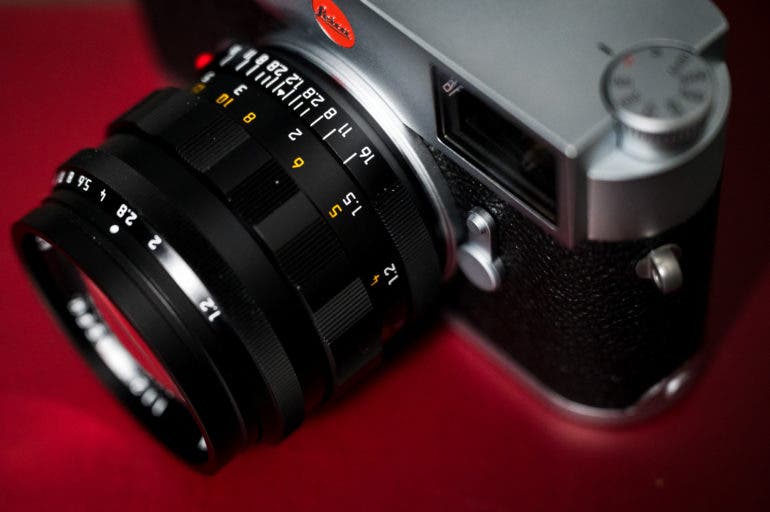
Leica says the new lens is almost identical to the design of the 1966 lens. The biggest change is that the mount has an electronic connection, allowing photographers to see lens metadata.
Moving on from the mount, the first ring is for aperture. The focal scale is printed on the ring itself, in both feet and meters. On the body, Leica kept the depth of field scale, which shows you the focus point and the focus range for the selected aperture. In a glance, it allows you to see that, if you are focused ten feet at f8, objects between eight to about 15 feet away will be in focus. That’s a huge help for working in manual focus, particularly with techniques like zone focusing. Essentially, the lens does the depth of field math for you. Many modern lenses are skipping out on the focal scale entirely. The few that keep the scale intact show such detailed depth of field data.

The second ring at the front edge of the lens is for aperture. The ring turns with a satisfying click and is nicely labeled.
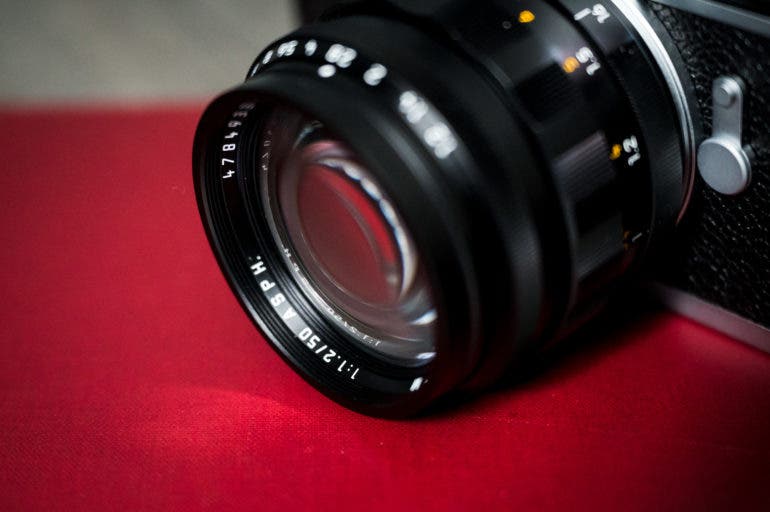
The front of the lens accepts 49mm filters. A metal hood is also included. It’s a bit bulky, but easy to pull on and off by pushing two buttons. Both the lens cap and end cap are also made from metal.
Build Quality
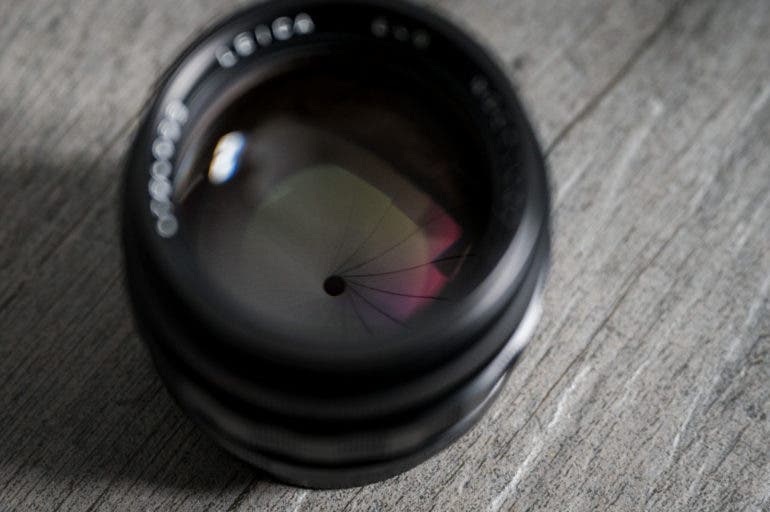
The Leica Noctilux 50mm f1.2 is constructed with an aluminum barrel. That gives the lens a solid, sturdy feel in the hands. I love the vintage feel of the lens, and how perfectly it went with the classically inspired M10-R.
The metal construction feels much more durable than the typical plastic build lens. Leica doesn’t use weather-sealed labels on any of their gear, though we’ve heard about photographers shooting with other Leica lenses in the rain without ill effects. As durable as the lens feels, I’m not sure I would put such a pricey lens through inclement weather without adding a rain jacket.
Of course, metal weighs more than plastic. The Noctilux is heavy considering it’s only a 50mm lens. It’s slightly front-heavy, but not terribly so. Since it is still a short lens, I didn’t think it was too heavy. A longer lens with this build quality would be uncomfortable, but the 50mm was still easy to walk around with.
Focus

As a manual focus lens, the Leica Noctilux 50mm changed my shooting process. Shooting in manual forced me to slow down. Working with the lens was an overdue lesson in patience and a break from my usually fast-paced weddings and portraits. When I put more effort into the focus, I also tend to put more thought in the composition overall.
The lens is designed for that soft, dreamy look when wide open. Getting a sharp shot at f1.2 is difficult, but that slight softness is part of the look from the original 1966 lens. Shooting at f2 and up was significantly sharper and easier to nail focus.
Focusing off-center was more challenging than focusing towards the center of the image. The lens creates soft edges to the point where focus peaking won’t readily pick up a subject until f4.
Ease of Use

The Noctilux’s manual focus creates a higher learning curve. It’s not a lens for beginners to simply mount, point, and shoot. If you understand the complexities of depth of field and can read the focusing scale, however, you’ll pick it up quickly (and have a blast doing so).
Photographers will get the most out of this lens by perfecting techniques like zone focusing and hyperfocal distance. Another option, best for the widest apertures, is using the focus peaking. That does, however, require using an electronic viewfinder rather than the built-in rangefinder on the M10-R.

Image Quality
By keeping the design nearly identical, photographers will get a look similar to mounting the vintage Noctilux. Wide open, the lens creates a classic, film-era feel with dreamy bokeh, a strong vignette, and deep colors. Stepping down, you gain solid center sharpness, but maintain some of that bokeh and softness on the edges.
Bokeh

The bokeh from the Leica Noctilux 50mm f1.2 is simply delicious. Backgrounds have a nice, soft blur. At times, the bokeh almost seems to have a slight twirl to it. The falloff from sharp to blurred is fast, making the subject really pop. This effect works well for the foreground, as well as the background.
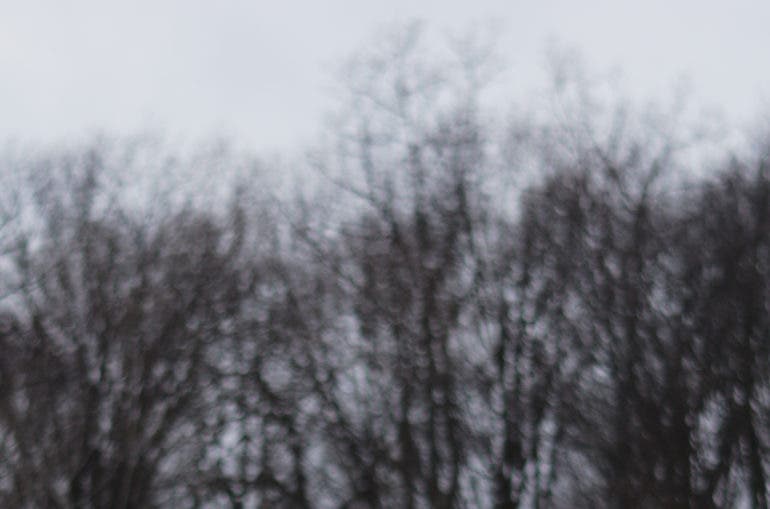
Blurred points of light are round, with soft edges. Occasionally, in areas of the photo suffering from aberration, the bokeh balls will have a slight green edge.
Sharpness
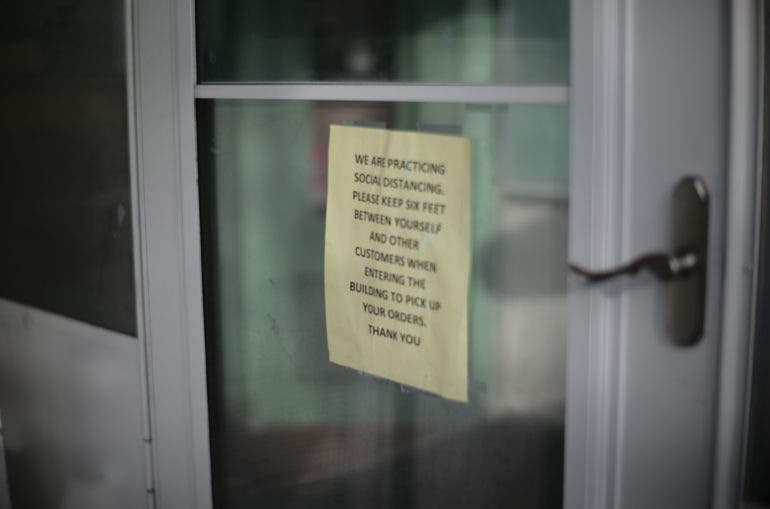
Designed for a dreamy softness wide-open, the lens isn’t super sharp at f1.2. I was surprised at how quickly stepping down the aperture increased center sharpness, getting sharp shots at f1.7, f2, and f2.8. At f2.8, the sharpness is enough to rival more modern lenses.
The edges on this lens, however, are quite soft. I didn’t find subjects towards the edges to be acceptably sharp until f8. That edge softness is part of the lens’ character that helps create that classic look. It draws the eye more towards the center of the image when shooting at the widest apertures.
Color Rendering

One of the first things that I noticed when reviewing my photos was how lovely and deep the colors are. The colors seemed deeper and more film-like than any other digital camera I’ve used. The shots also had excellent contrast. This is my first experience with a Leica, so it’s difficult to say how much of that color comes from the lens and how much from the camera. Still, I loved the colors in the shots I captured.
Lens Character

On technical superiority, the Noctilux wouldn’t score very high — the edges are soft and, wide open, heavily vignetted. However, the Noctilux has much more character and feels less sterile than the modern lenses delivering edge-to-edge sharpness.
Vignetting is heavy at f1.2. Together with the edge softness, it draws the eye and creates that classic feel. The vignette is all but gone at f4, after which the corners actually start appearing slightly lighter.
Barrel distortion is mild to moderate. It works with the softer edges and vignette to make the bokeh appear to almost swirl because the edges are so different than the background at the center of the image.
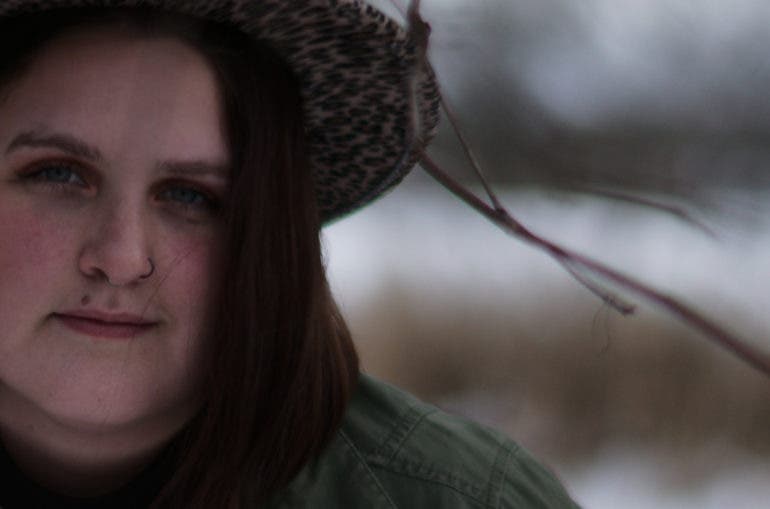
The original Noctilux was actually the first lens to use aspherical lens elements (non-spherical lens pieces that are designed to reduce different types of aberration). The re-make still has two aspherical lens elements. It doesn’t reduce chromatic aberration as well as modern lenses, though. I spotted some green fringing in a few images that was noticeable without even zooming in to 100 percent.
While aberration was noticeable, the lens seemed to handle flare pretty well. I only spotted some smaller flare spots when shooting into the sun. This flare was not glaringly obvious. I will note, however, that the winter sun isn’t the best for trying to create flare.
Leica Noctilux 50mm f1.2 Image Samples



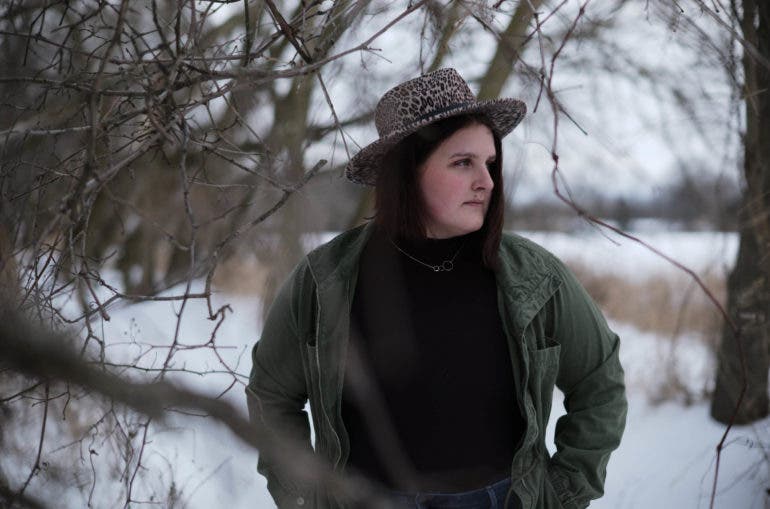
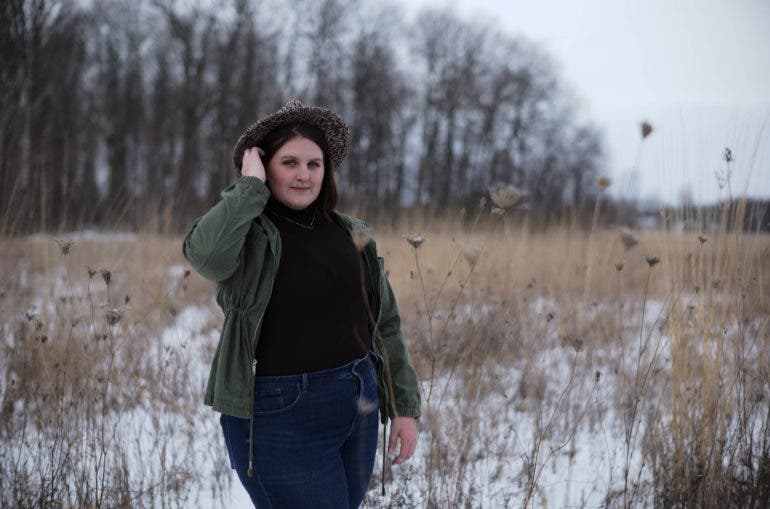

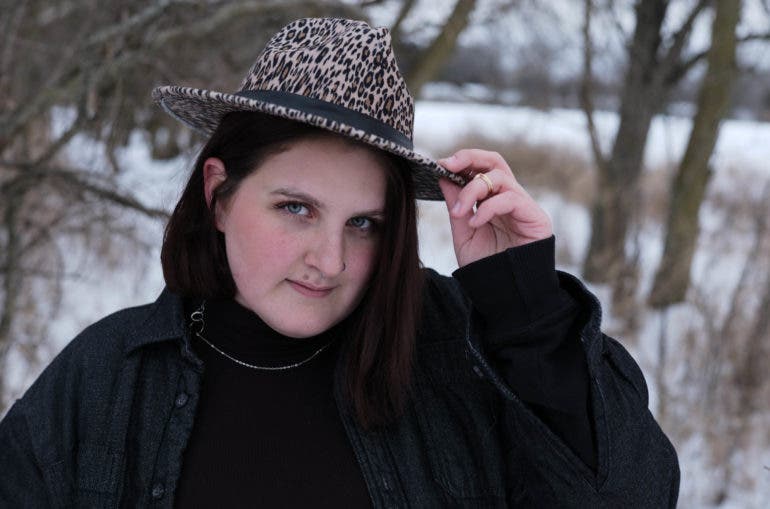








Conclusion
Likes
- I love the classic character that the images have with a vignette and soft edges.
- The aluminum build is sturdy and feels great in the hands.
- Shooting a lens with this vintage feel is so much fun.
- The focal scale does all the depth of field math for you.
- The bokeh and colors are fantastic.
Dislikes
- While full of character, modern lenses have more edge sharpness and less vignette.
- Manual focus means a higher learning curve.
- The metal build makes the lens a bit on the heavy side.
- It’s expensive, but it is a Leica (and much cheaper than the 1966 lens).

Let’s cut to the chase — the Leica 50mm Noctilux f1.2 is a $7,695 lens (or $16,395 for the special edition silver color). There are technically superior 50mm lenses with better edge sharpness and minimal vignetting for less than half the price. But, photographers looking for vintage lenses aren’t looking for technical superiority: they are looking for character.
This lens is dripping with character, from the soft bokeh to the rich tones. That character is about as versatile as Eddie Murphy’s characters in The Nutty Professor. You can shoot wide open for a strong effect, or step down to reduce vignetting and add sharpness.
The lenses’ vintage design is also a blast to shoot with and an entirely different experience from using technically-focused systems like Sony’s. I loved the focal scale and the feeling of shooting with a vintage, metal lens. Of course, vintage leaves out modern perks like autofocus.
The Leica 50mm Noctilux f1.2 is not for everyone, and not everyone who wants one can afford one. But, in an industry competing for technical superiority, it’s refreshing to see a lens with old school character.

I’m giving the Leica Noctilux four out of five stars for character and design. Photographers who love film-inspired presets will love this lens, but pixel peepers will find fault with its soft edges.